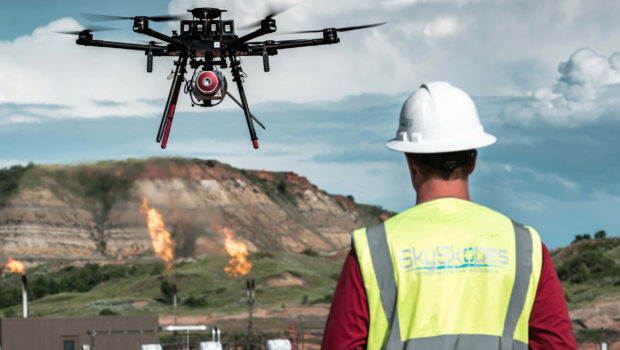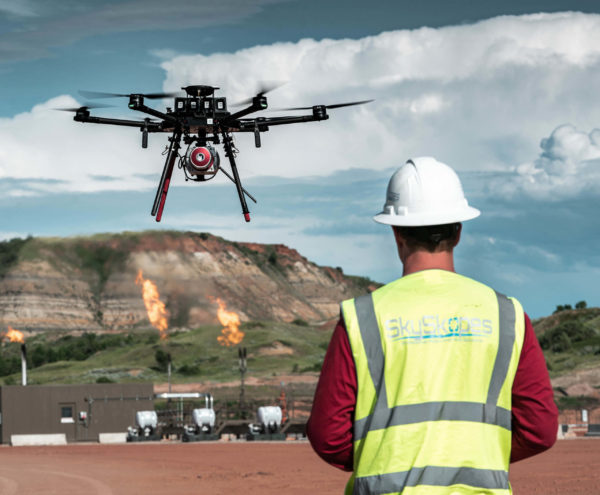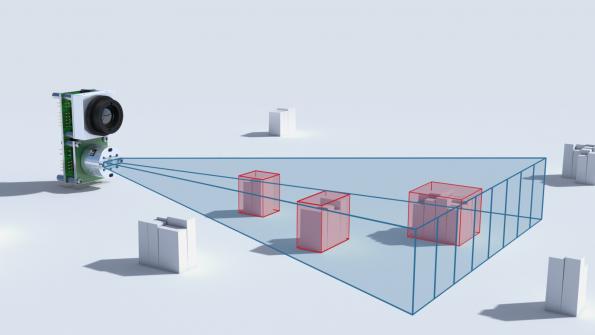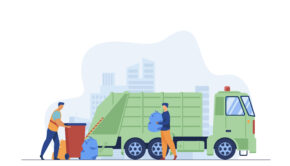4 Important Construction Technology Trends in 2021
The 2020 global pandemic has resulted in unexpected disruptions. Industries had to make the necessary changes to stay relevant and make profits. The construction industry was heavily affected, as well.
Fortunately, the effect carries positive results, with new technological trends gracing the sector to maximize efficiency. Below are the four most crucial construction tech trends in 2021.
1. Worker Safety

Safety is a significant concern for construction workers and everyone involved. In construction sites, accidents can be inevitable at some point. However, they are preventable with the use of special equipment.
The construction industry is experiencing the rise of machines that can identity typical safety issues and eliminate such threats on time. Work boots have been technologically upgraded, i.e., can connect to Wi-Fi, which alerts other workers if one has fallen.
Road construction requires the utmost level of safety since traffic accidents are on the rise. In 2021, new road techs will be integrated to stabilize or reduce these unfortunate road accidents. There will no longer be excessively damaged roads that cause accidents due to self-healing materials to construct roads.
Road safety equipment such as plastic jersey barriers is placed strategically to reduce vehicle collisions from oncoming traffic. Plastic jersey barriers, just like traffic cones, keep drivers to their respective lanes, thus reducing road accidents drastically.
Due to the 2020 pandemic, contact tracing across a construction site has become vital to ensure workers’ health and safety. Some companies are working on how to track health and circulate data across sites to keep everyone safe.
An example is the WakeCup, a smart hat designed to keep workers continuously awake. It can also be used to trace workers to ensure social distancing to reduce COVID19 infections.
2. IoT and Cloud-Based Solutions
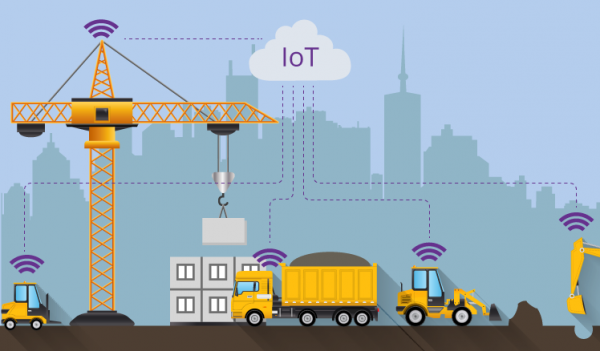
Most businesses have currently embraced the concept of the Internet of Things. Smart cars, smartwatches, and smartphones are currently available everywhere. With the construction sector, IoT will be participating in an ever-increasing role.
Tracking geographical locations, machinery usage, performance, and maintenance will become essential when administering different projects with manageable margins. What problem will IoT solve in the construction industry in 2021?
- Skills and labor shortage. Construction was among the hardest-hit industries due to the pandemic. Currently, as more boomers working in construction consider retiring, there are barely enough skilled professionals to replace them. Construction companies are considering ways to mitigate the situation.
- IoT-based automation ensures all pending projects are completed until a new younger workforce joins the field.
- They are assessing project profitability and team productivity. Project managers need to overcome the market competition by time and quality of work completed.
- On-time and on-budget project delivery. The construction industry is affected by the struggle to complete projects on time. IoT will improve the precision of estimates and increase confidence in business owners, investors, and managers.
Significant applications, for instance, Project Management and ERP solutions, to be entirely accessible, they need the complete support of powerful cloud computing.
3. Hardhat Drones
The standard drones used in construction sites were intended just for watching without engaging. Their photogrammetry applications saved money and time while boosting Jobsite’s safety and efficiency.
The new-gen aerial drones are programmed to take more difficult or dangerous tasks out of human hands. SkyMall is developing a drone system capable of tying rebar intersections, which is considered one of the hardest and physically exhausting jobs on a construction site.
DJI also released one of a kind agricultural drones that are also applicable in the construction sector. The DJI AGRAS T20comes with a powerful sprayer payload capacity that can be used to apply adhesives or paint or water a green roof, among other uses.
4. Pocket LIDAR
It is a precise, efficient way to confirm that construction on a site matches the digital Business Information Modelling model. The current laser scanning is bulky and out of touch. However, the two consumer tech giants, Apple and Google, are changing that fact.
The new Apple smartphones come with LIDAR scanners, which utilize nanosecond-long laser pulses to determine distance from objects. Google is also working on a radar-based system that functions as an advanced motion detector.
Bottom Line
The coming years will experience a massive shift in technological advancements. Construction companies are at the forefront of discovering new technology that will make construction economical and practical. These technological advancements are also aimed at increasing worker safety and ultimately securing the construction industry’s future.

